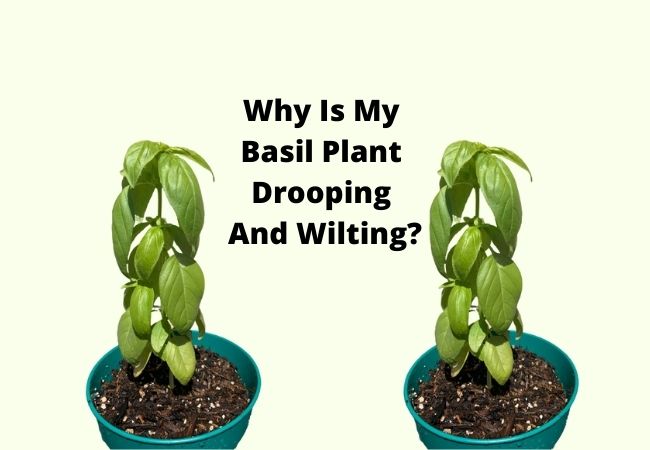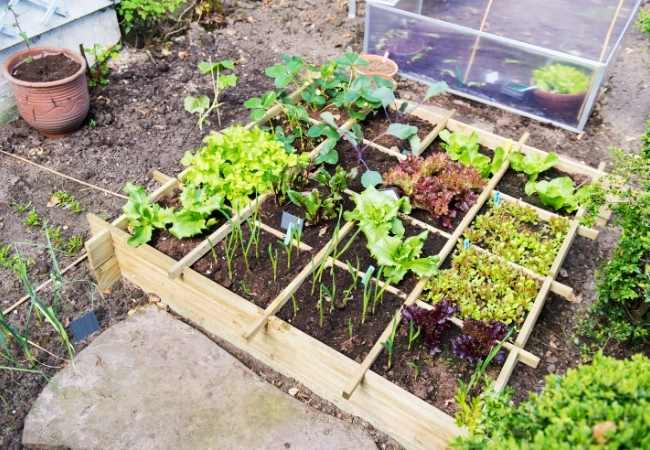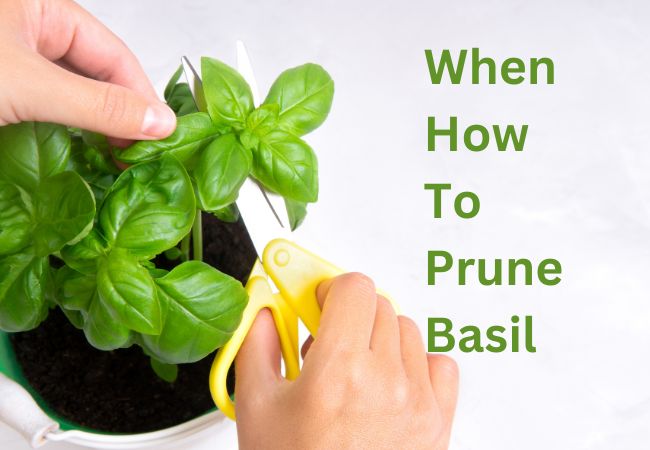How To Use Eggshells On Plants For Beginners

Here is how to use eggshells on plants for beginners. Composed mostly of calcium carbonate, along with trace elements like magnesium, phosphorus, and potassium, eggshells break down slowly, enriching soil over time while supporting healthier, stronger plants.
Eggshells On Plants
Eggshells may seem like nothing more than a breakfast byproduct, but to a gardener, they’re a goldmine of plant-loving minerals and soil-enhancing benefits.
The best part? They’re completely free, reduce kitchen waste, and can be used in multiple ways to improve your garden.
In this guide, I will dive deep into why eggshells work, how to prepare them for maximum effectiveness, and the best methods for using them in your home garden or potted plants.
Benefits of Eggshells for Plants
1. Rich Source of Calcium
Calcium plays an irreplaceable role in plant development. It helps build strong cell walls, which means sturdier stems, healthier leaves, and more resilient plants overall.
It also assists in root development, ensuring plants can absorb water and nutrients efficiently.
It prevents blossom end rot, a common disorder in tomatoes, peppers, and eggplants caused by a calcium imbalance rather than a disease. This is why eggshells are especially prized by vegetable gardeners.
Why eggshells are ideal: Unlike quick-release calcium sources (like some synthetic fertilizers) that can wash away during heavy rains, eggshells release their calcium gradually as they decompose. This ensures a steady, long-term supply for plants.
Pro tip: Grind shells into a fine powder before adding to soil. Finer particles break down faster, meaning your plants will access the nutrients sooner.
2. Soil pH Balancing
Eggshells are slightly alkaline. Over time, incorporating them into the soil can help neutralize excess acidity, improving nutrient availability.
Create a more balanced environment for vegetables like beans, cucumbers, and leafy greens, which prefer slightly acidic to neutral soils.
This pH adjustment is slow and subtle; you won’t see overnight changes. But if your soil is already neutral or alkaline, adding large amounts of eggshells can push pH too high, making it harder for acid-loving plants (like blueberries and azaleas) to thrive.
Pro tip: Always test your soil pH every year if you regularly add eggshells — inexpensive home soil test kits can help you monitor the balance.
3. Pest Deterrence
Gardeners have long used coarsely crushed eggshells to discourage soft-bodied pests such as slugs, snails, and cutworms. The theory is that the jagged edges are uncomfortable for pests to crawl over.
How to use effectively:
- Create a continuous, unbroken ring of crushed shells around plant bases.
- Keep the barrier at least 2–3 inches wide so pests can’t easily bridge it.
- Replace after heavy rain, which can soften the shells and reduce their abrasiveness.
While this method can help reduce pest pressure, it’s not foolproof. For heavy infestations, combine with other pest control methods like beer traps, copper tape, or natural predators (like ducks or toads).
4. Improved Soil Structure
Adding eggshells to soil does more than provide nutrients. In clay-heavy soils, shells create tiny gaps, improving aeration and drainage. In sandy soils, they help retain moisture slightly better by adding structure.
Over time, as shells break down, they enrich soil with trace minerals beyond calcium.
These trace minerals include magnesium, zinc, and phosphorus, which support various plant functions like flowering and root growth.
Pro tip: Mix shells into soil in fall or several weeks before planting season so decomposition is underway when plants start growing.
Preparing Eggshells for Garden Use
Proper preparation not only speeds nutrient release but also prevents unpleasant odors and pest attraction.
Cleaning the Eggshells
Rinse shells in warm water to remove egg residue and the thin membrane inside. This reduces the risk of attracting flies, rodents, or raccoons.
If you can’t process them immediately, store the cleaned shells in an open container to allow moisture to evaporate.
Drying the Eggshells
Air-drying: Spread shells on a tray or windowsill for several days. Works well in warm, dry climates.
Oven-drying: Place shells on a baking sheet and heat at 200°F (93°C) for 10–15 minutes. This method is faster, sterilizes the shells, and makes them brittle for easier crushing.
Pro tip: Oven-dried shells crush into powder more easily in a blender or coffee grinder.
Crushing or Grinding
The particle size you choose depends on your intended use:
Coarse crush: Best for pest barriers or decorative topdressing.
Fine powder: Ideal for soil mixing, seed starting, or making eggshell tea. Finer particles decompose faster, making nutrients more available to plants sooner.
Tools to use: Rolling pin, mortar and pestle, food processor, or coffee grinder dedicated to garden use.
Ways to Use Eggshells in the Garden
As a Soil Amendment
Work powdered shells into the soil 4–6 inches deep for best results. Add directly into planting holes when transplanting seedlings, especially tomatoes and peppers.
For houseplants, sprinkle a small amount on top of the soil and mix it in gently to avoid mold.
In Compost
Eggshells boost compost mineral content and help balance acidity if your pile contains a lot of vegetable scraps and coffee grounds (which are acidic).
Crush shells before adding to speed decomposition. In finished compost, shell fragments will still be visible but will continue breaking down in the garden.
As a Natural Pest Barrier
Apply around vulnerable plants like lettuce, strawberries, and cabbage. Keep barrier dry for maximum effectiveness. Refresh every few weeks during pest season.
In Seed Starters
Use half eggshells as biodegradable seedling pots. Poke a drainage hole in the bottom with a pin. Place in an egg carton for support.
When transplanting, gently crack the shell so roots can grow out easily, then plant the whole thing.
In Liquid Fertilizer (Eggshell Tea)
Place 10–12 crushed shells in 1 gallon of water. Let steep for 24–48 hours; strain and use the liquid to water plants.
Best for container gardens or plants showing signs of calcium deficiency, such as curled leaves or weak stems. My pro tip is to use warm water because it speeds the mineral extraction process.
Best Plants to Use Eggshells On
Eggshells benefit most plants, but some see particularly strong improvements:
- Tomatoes, Peppers, Eggplants: Prevents blossom end rot and supports healthy fruiting.
- Roses: Strengthens stems, supports lush blooms, and improves disease resistance.
- Leafy Greens (lettuce, spinach, kale): It encourages strong, crisp leaves.
- Pumpkins, Squash, Melons: Improves fruit quality and reduces cracking.
- Avoid heavy application for: Blueberries, azaleas, rhododendrons, hydrangeas (color may shift to pink in alkaline soils), and other acid-loving plants.
Common Mistakes and Tips
Using uncrushed shells: They can take years to fully break down — crushing greatly speeds nutrient release.
Overloading soil: Too many shells can slowly raise soil pH, making it harder for certain plants to access nutrients.
Expecting instant results: Eggshells are a slow-release amendment. If your plants need urgent calcium, consider supplementing with faster-acting sources like gypsum.
Not balancing nutrients: Eggshells are high in calcium but low in nitrogen, phosphorus, and potassium — use them alongside compost or balanced fertilizers.
Environmental and Cost Benefits
Waste reduction: Keeps biodegradable waste out of landfills, reducing methane emissions.
Budget-friendly: Cuts costs on store-bought calcium supplements and pest deterrents.
Soil health sustainability: Supports a natural nutrient cycle and minimizes synthetic chemical use.
Extra benefit: Using eggshells encourages mindful gardening — turning everyday waste into valuable resources builds sustainable habits.
Interesting Posts:
Final Thoughts
Eggshells are an easy, free, and effective way to give your plants a slow, steady supply of calcium and improve your garden’s health.
Whether you mix them into the soil, use them as pest deterrents, or brew them into a nutrient-rich tea, they offer a wealth of benefits over time.
As a gardener, a lot of things work after experimenting and trying them more than once. If you have never tried using eggshells, give it a go and see if it will work.
If you love gardening, subscribe to my gardening newsletter and receive the latest guides. Also, follow me on Pinterest to see awesome and informative pins.






